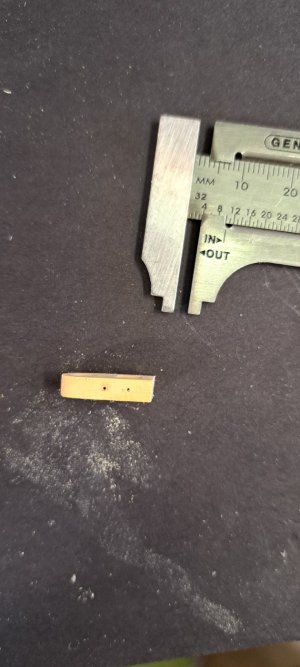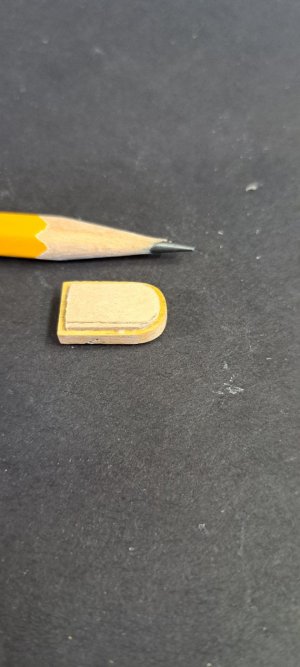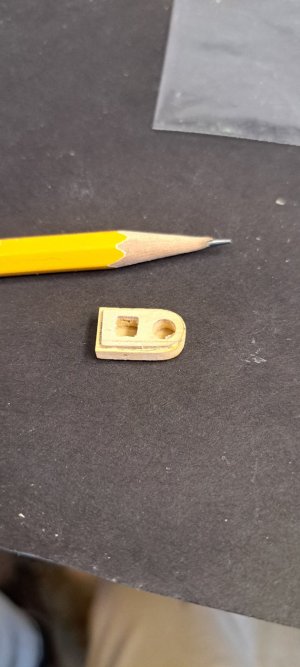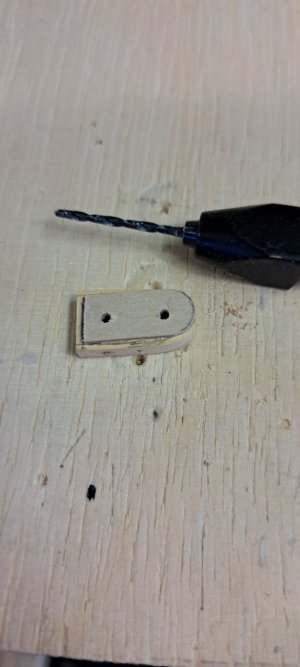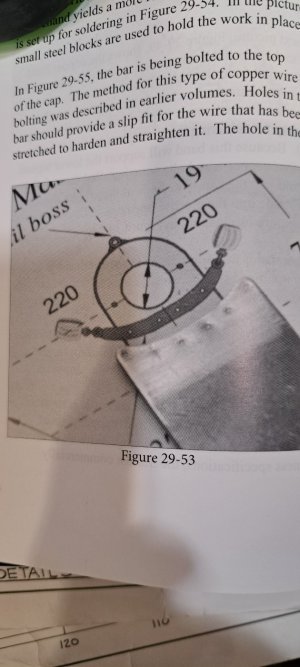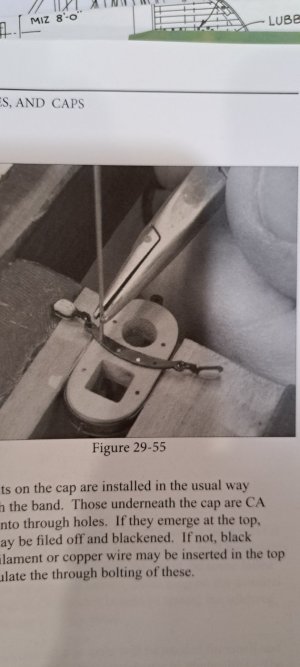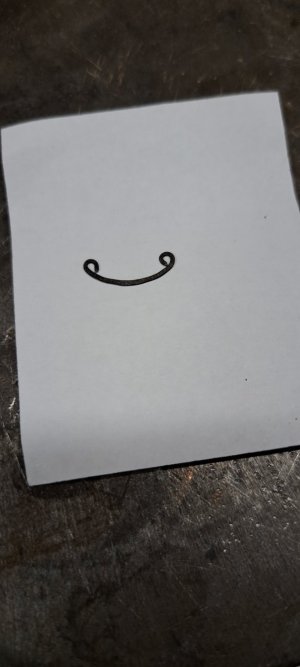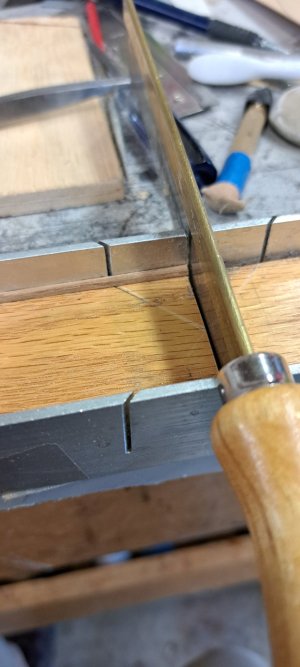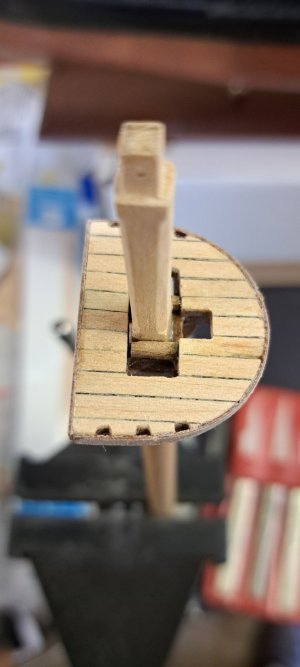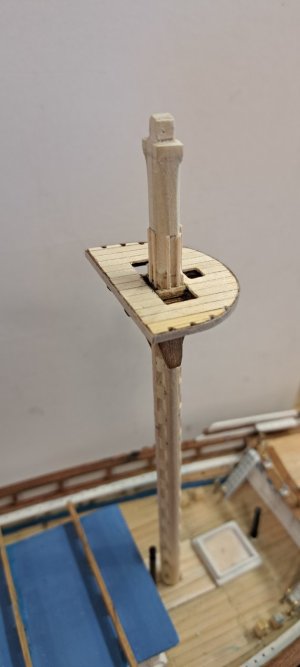- Joined
- May 25, 2020
- Messages
- 1,093
- Points
- 443

What ho, shipmates! I thought I was in my build log and accidentally posted this in Pete's log 


 . I apologize for not paying attention, Pete and everyone else!
. I apologize for not paying attention, Pete and everyone else!
As a further reply to Pete's post about each part becoming its own project, I leave the first paragraph. I am deleting the rest and putting it all where it belonged in the first place. Thank you for the grace.
Pete's comment about each part becoming its own little model was borne out by the davit fabrication project. I had a hell of a time with the soldering. Still not quite sure what I'm doing wrong, although increasing the heat helped make the tip of my iron work to melt the solder. And I kept forgetting to bend the curve outboard. Re-bending the brass left what had been smooth curves with some ripples. Then there was the problem of making a hole at the top of the davit for the upper block. I ruined a lot of drill bits until I learned to file that part almost paper thin so that I could practically punch through with a t-pin to make a divot so the bit wouldn't just skip around on the surface.
Blessings.
Chuck
 . I apologize for not paying attention, Pete and everyone else!
. I apologize for not paying attention, Pete and everyone else! As a further reply to Pete's post about each part becoming its own project, I leave the first paragraph. I am deleting the rest and putting it all where it belonged in the first place. Thank you for the grace.
Pete's comment about each part becoming its own little model was borne out by the davit fabrication project. I had a hell of a time with the soldering. Still not quite sure what I'm doing wrong, although increasing the heat helped make the tip of my iron work to melt the solder. And I kept forgetting to bend the curve outboard. Re-bending the brass left what had been smooth curves with some ripples. Then there was the problem of making a hole at the top of the davit for the upper block. I ruined a lot of drill bits until I learned to file that part almost paper thin so that I could practically punch through with a t-pin to make a divot so the bit wouldn't just skip around on the surface.
Blessings.
Chuck
Last edited:



 .
.



